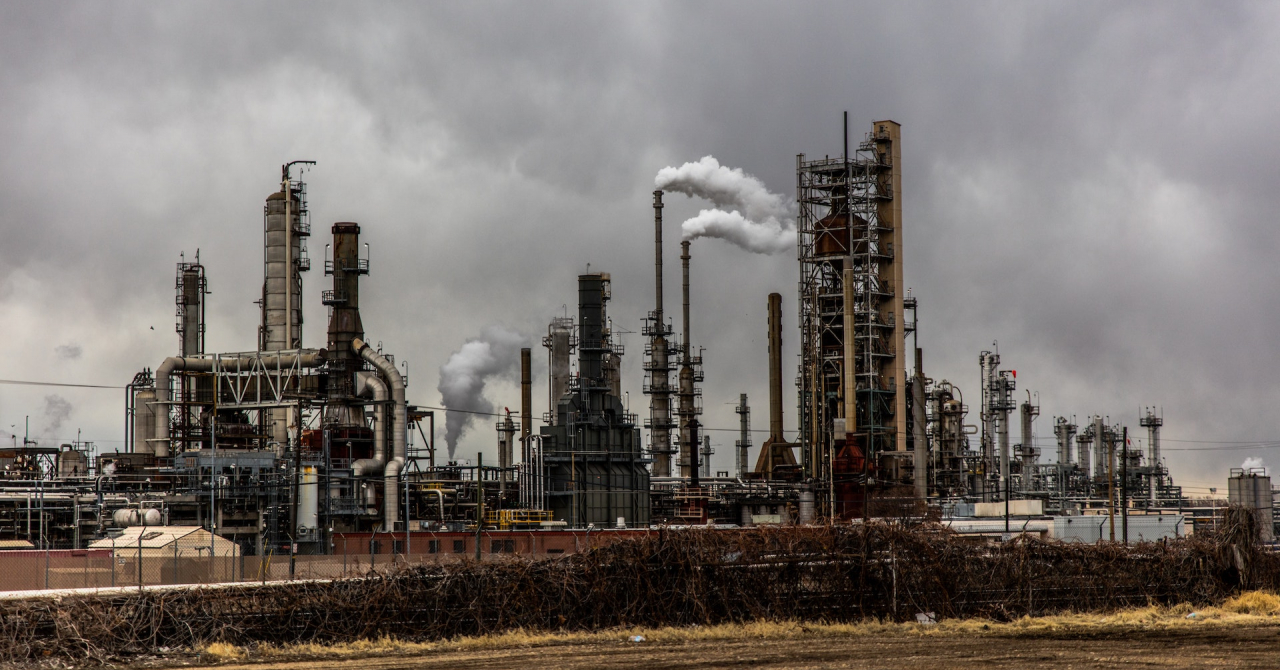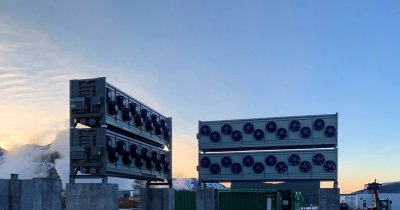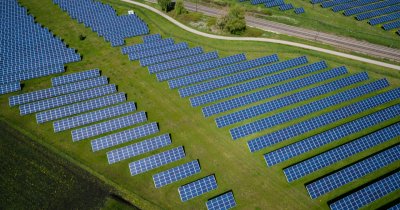According to The Guardian, the most challenging parts when it comes to Australia's efforts of reaching net zero are the production of steel, aluminum and chemicals, among others.
A report from the Australian Industry Energy Transitions Initiative (ETI), which is a partnership between heavy industry and experts working on decarbonization, states that the transition is possible by using a range of known technologies and it would enable the creation of more jobs.
By using the new and improved technologies, the report says that greenhouse gas emissions can be reduced by some 69.5 million tons per year, which is about 14% of Australia's current total emissions.
Innes Willox, chief executive of the Australian Industry Group, an ETI partner, said that "while their costs and difficulties should not be underestimated, the current energy affordability crisis highlights the unsustainable cost of the status quo."
The implementation of renewables on an industrial scale would enable great reduction in emissions. In order to achieve this, between 68.3 and 125.9 terawatts of renewable power would be needed.
In 2021 alone, Australia produced 265TWh of energy, with only a quarter of that coming from renewables.
Building the new renewable energy infrastructure, which includes things like energy storage and green hydrogen facilities, would require between 50 billion and 100 billion USD, but at the same time it would create between 178.000 and 372.000 jobs.
Anna Skarbek, chief executive of Climateworks, one of the conveners of ETI, said that "this will require an unprecedented transformation of the energy system."
Among the regions that are responsible for most of Australia's emissions are Pilbara, Hunter and Illawarra.
In the Pilbara region, for example, much of the emissions come from the production of LNG, which is liquified natural gas.
By managing methane leaks, recovering lost heat and electrifying the process of cooling gas down to liquid form, companies could save some 13 megatons of CO2e per year.
However, around 7.6 megatons of emissions would need to be captured and stored, but carbon capture technology isn't yet viable, despite billions of dollars-worth of investment.
Christopher Davis, chief financial officer at Orica, a major supplier of explosives, chemicals and services to the mining sector in the Hunter Valley, Gladstone and Pilbara, said that the company understood "the potential economic and environmental opportunities presented by regional decarbonization."
 Mihai - Cristian Ioniță
Mihai - Cristian Ioniță












Any thoughts?